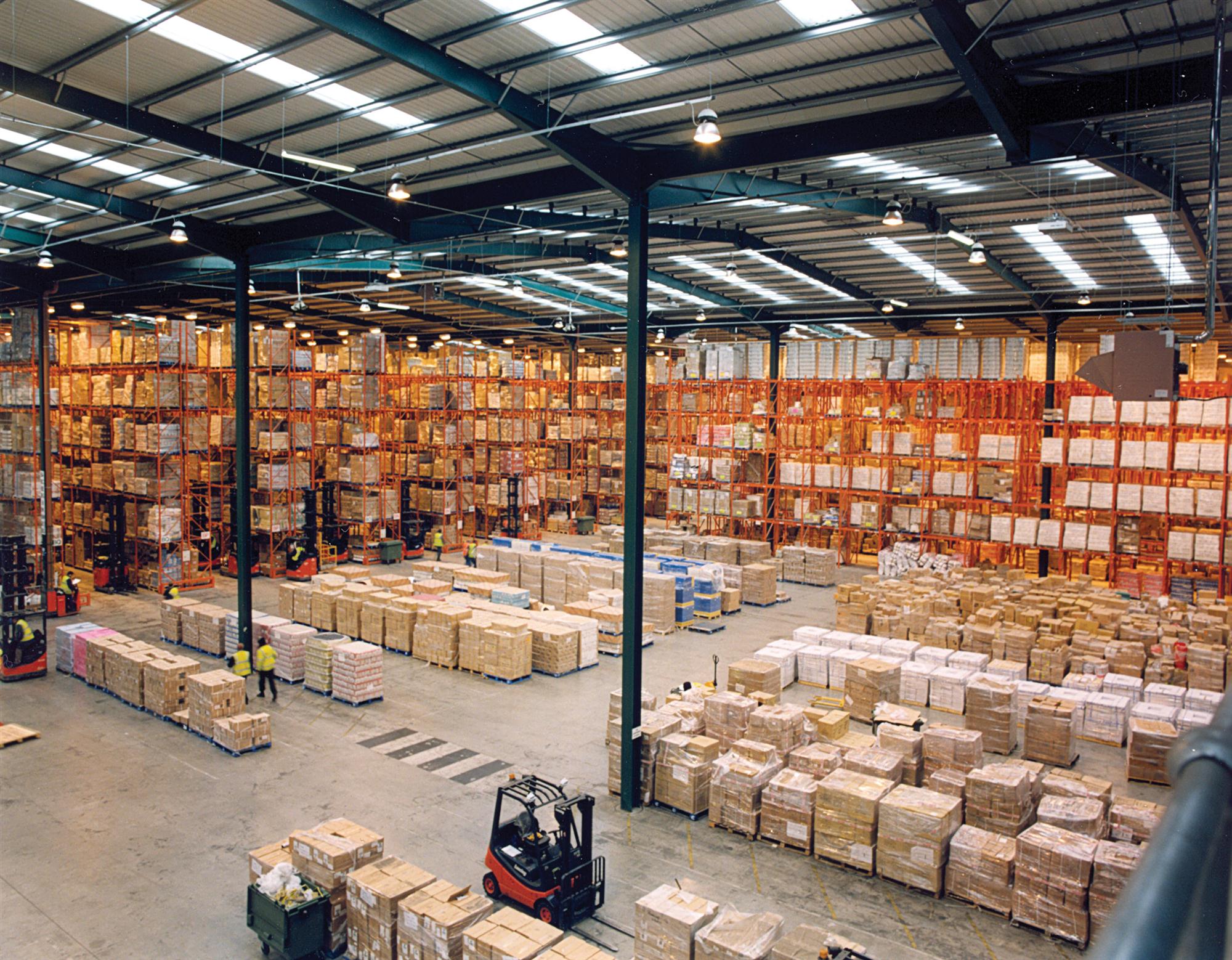Warehouses in Southeast Asia need to adapt as a chain of factors led by the rise of e-commerce shakes their traditional business model, attendees of the Asia Warehousing and Cold Chain Summit in Bangkok were told.
“Warehousing will have to change” was the clarion warning of Watcharapoj Sapsanguanboon, a professor at Thailand’s King Mongkut University of Technology.

The industry is experiencing a sea change brought about by the ongoing rise of e-commerce. In the past, warehouses held cargo in bulk, but now they need to be able to support small shipments direct to the end consumer, Sapsanguanboon explained.
Traditionally the supply chain’s value proposition was in economies of scale, leading to a focus on lower costs and cost savings. There was little scope to customize a product under this; this ability is one of the key things which must change as warehouses and those who use them will be forced to adapt.
Sapsanguanboon spoke of the new skills which will be required and the new tasks and costs which will come to the sector to contend with consumers who shop 24/7, have a ‘fast and flexible’ view of what they buy – and don’t want to waste time going to a shop to collect their purchases.
Not that e-commerce is a homogenous market. “We have to understand that different segments have different requirements for the products,” he warned. “This is one of the competitive advantages for today and for the future – how you can customize a product?” Sapsanguanboon said.
Meeting these different customer needs is, of course, not without extra work or costs. Traditional channels will remain but will be supplemented by new multi-channels which will require more investment in technology to improve warehouse efficiency to support both sides.
This goes all the way back down the value chain. “The manufacturers have to think about the way they supply the product not just only to the distribution centres but also to the end customer,” Sapsanguanboon said.
Luckily, this process provides opportunities as it allows leaner, thinner and more efficient supply chains, said Pieter Vandevelde, VP for Asia Pacific at digital supply chain platform company DSI.
Much of this rests on the benefits accruing from big data spread across the supply chain’s multiple computers, which means companies can monitor and react in real time because they know where there product – and demand for it – is.
The example Vandevelde gave was of a brewery which had added radio-frequency identification tracking capabilities to its kegs and so knew where they were at any given time and which of its products sold better and where.
The brewery, which Vandevelde did not name, noticed that it lost kegs in large numbers near camping areas. Identifying the problem allowed it to find out why, which was that campers converted the kegs into impromptu barbeques. Knowing this allowed the company to take measures.
E-commerce is not just a more fragmented market but a different one. Shop-buying allows more inspection than screen purchasing does, so the number of e-commerce returns will be higher.
“The warehouse has to be able to do to the return,” Sapsanguanboon said, adding this would require inspection services and the need for manufacturers to include a label for return. This, though, is a small part of the broader cost structure, which has some unusual bumps in it.
As retailers log an increasing percentage of their revenue from e-commerce, which is expected to grow to 9% of the total in 2020 and 11% in 2025, costs will keep rising, Sapsanguanboon said. These, he reported, will rise from US$11.90 per transaction in 2015 to an estimated US$13.12 per transaction, in 2020.
“You have to be able to service the different needs of the customer and that different need or individual need might incur extra cost to the service provider,” he said.
Other issues will also have to be tackled. Many of the products being shipped are from multinational companies, but the distributors, especially the last mile operations, are local. There may be some mismatches, but growth in the sector will probably see these become major players and “destruct the traditional logistic and supply chain model,” said Nyoman Pujawan, president of the Indonesian Supply Chain and Logistic Institute.
By Michael Mackey
Southeast Asia Correspondent | Bangkok



